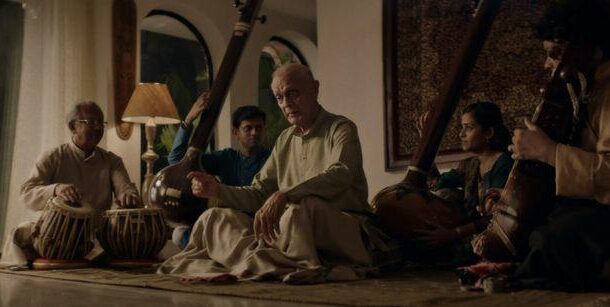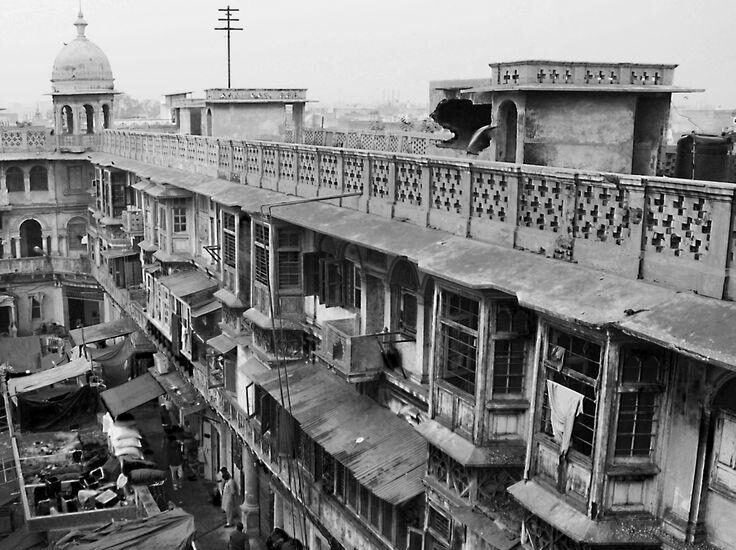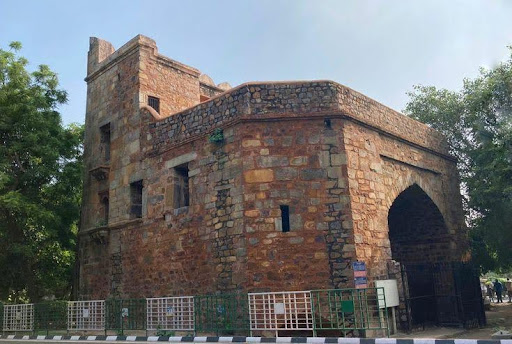As you enter a modest textile shop nestled on a small, vibrant street in any city of India, your eyes are immediately drawn to the colourful fabrics. Each boasts varying embroidery arts, prints, and textures, eagerly waiting to be discovered by their perfect admirer. When the shopkeeper opens a piece of cloth in front of you, you see a glimpse of our rich culture, traditions, and stories, which are enough to win you over! The culture of each part of this country will be unveiled in front of you in the form of motifs. These motifs depict enchanting flowers, beautiful animals, the opulence of royalty, kings queens, palanquins, festivities— It’s an endless list. Motifs with profound cultural and emotional impacts are one of the main elements of the fashion world. They are created by taking inspiration from nature, culture, and traditions and are reincarnated as fascinating and attractive embroidery arts into each fabric. Table of Contents: The Purpose Of Motifs In the fashion world, motifs are considered the overarching themes that give clothing its style, aesthetic appeal, and different meanings. Various techniques can be employed to design a motif for a garment. It could be a print, embroidery arts or applique. The Elegance of Embroidery Arts Embroidery arts are one of a kind since the method uses thread, beads, and needles to create its designs. Artists use this technique to create motifs and patterns representing important regional identities, brands, trends, and artistic expressions. You can elevate the style of any garment with exquisite needlework and prints. In the Indian fashion realm, we have a wide variety of embroidery arts, each representing the diverse skills of its creators. The unique designs boasted by the Indian fashion world tell us vivid stories of their working pattern. These stitching methods have been passed down through generations, shaping fashion in distinctive ways. Kantha Work Kantha embroidery, from West Bengal, is a popular needle work known for its simplicity and elegance. Artisans create intricate and elaborate beautiful patterns using basic running stitches on fabrics. Kantha stitch is usually used on quilts made from old or recycled fabrics. The beauty of Kantha work is not limited to clothing; it also adds visual appeal to home décor items like bedsheets, table runners, and more. Kantha embroidery has become increasingly popular among international designers, including this traditional technique in their collections. Chikankari Chikankari is a unique and delicate embroidery art from Lucknow. It is renowned for its intricate floral, paisley, and wine designs, usually stitched on muslin or chiffon cloths using white thread. This embroidery technique adds a fusion touch to traditional clothes and Western wear. Jaali Embroidery The word ‘jaali’ immediately brings about the visual memory of a mesh, doesn’t it? Yes, that is what jaali embroidery is all about. This is one of the intricate embroidery arts from the Mughal era. The threads weave as a mesh to create beautiful designs on fabrics. Jaali work is a part of chikankari embroidery. There is an interesting story behind the origin of this embroidery work. Noor Jahan, the queen of emperor Jahangir, admired Turkish architecture, which used a lot of criss-cross lines and patterns. Attracted by this, she also demanded that her weavers replicate similar patterns in her outfits. Stories apart, this is one of fashionistas’ most sought-after embroidery arts. Kashida Have you noticed the lovely floral motifs found on pashmina shawls? The intricate patterns are created by stitching long threads of different colours. This work is called Kashida embroidery, a unique pattern hailing from Kashmir. Patterns of fruits, birds, leaves, and flowers are stitched onto dark-toned garments using brightly coloured threads in this work. Zardozi Bridal lehengas and sherwanis are often adorned with zardozi embroidery, a form of royal needlework. It originated in the Mughal era when royal fabrics were mainly designed using this technique. ‘Zar’ means gold, and ‘dozi’ means fabric. As the name suggests, metallic-coloured threads, pearls, and other embellishments are used in this work. Zardozi embroidery is a more detailed and accurate design technique relevant to modern and traditional clothing. Phulkari Phulkari embroidery represents the cultural heritage of Punjab. It differs from other embroidery arts as it uses large motifs of flowers on fabrics, including shawls and dupattas. This beautiful design technique has already found its way into contemporary fashion design, accessories, and home decor. Kasuti The Karnataka cities of Dharwad and Bijapur are the birthplaces of Kasuti needlework. This design technique showcases delicate geometric patterns like squares, triangles, and straight lines. Traditionally, this embroidery is done on white or off-white fabrics using black silk thread. Gota Patti Gota means slender ribbons made of gold or silver-toned thread. Gota patti, or Gota work, is a unique embroidery technique from Rajasthan. Metallic ribbons are used to create lovely borders and motifs. This work is used to decorate traditional garments such as saris, dupattas, lehengas, salwars and accessories such as small purses and footwear. Banjara Banjara work got its name from the nomadic tribes of Rajasthan, whose travels allowed this design technique to spread worldwide. In Banjara embroidery arts, artisans use dark-toned thick clothes to make designs using cross stitches. To enhance the patterns, they add seashells, mirrors, and beads. It is a highly sought-after traditional fashion statement due to its use of mirrors, vivid colours, and elaborate stitching, which add to the variety and depth of textile traditions worldwide. Kasab Work Kasab work — quite synonymous with zari work, is an opulent form of zari embroidery arts that include motifs carefully woven with attractive golden threads. This intricate design technique was widespread among Mughal royal families, who adorned themselves with rich-looking fabrics to boast their eloquence and royalty. The motifs were beautiful and always featured golden and silver threads embellished with pearls and semi-precious stones. Kasab work was often done on silk, cotton or velvet fabrics. The stunning threadwork and tones usually give visual flamboyance and glory to the outfit. Shisha Embroidery Shisha work, mainly known as mirror work, is a popular decorating









